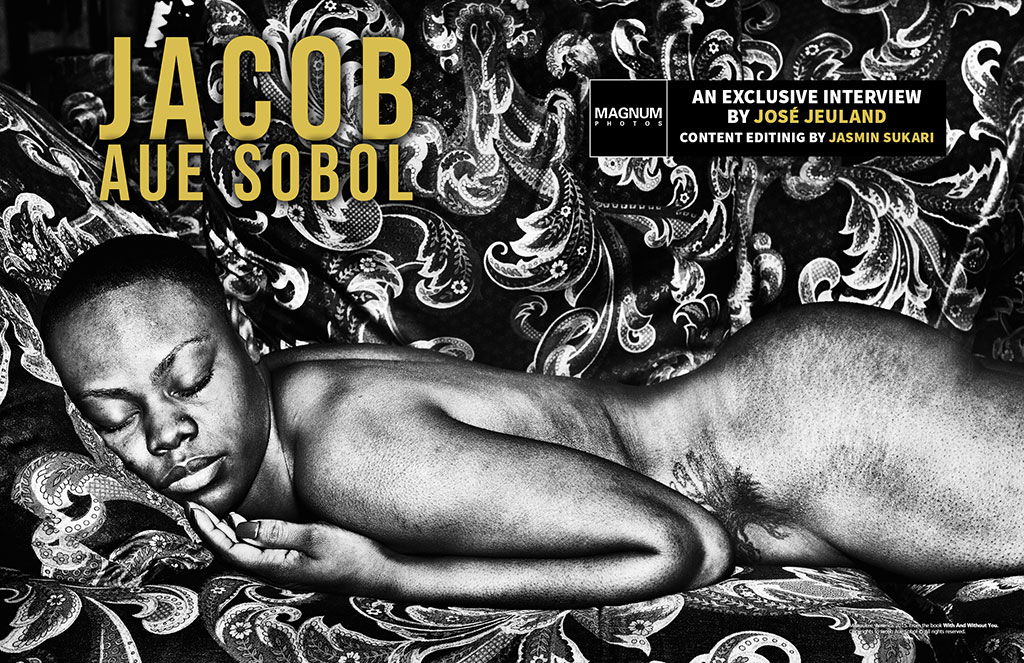
Milwaukee, America. 2015. From the book With And Without You.
Copyrights to Jacob Aue Sobol © All rights reserved.
An exclusive interview with
magnum photographer JACOB AUE SOBOL
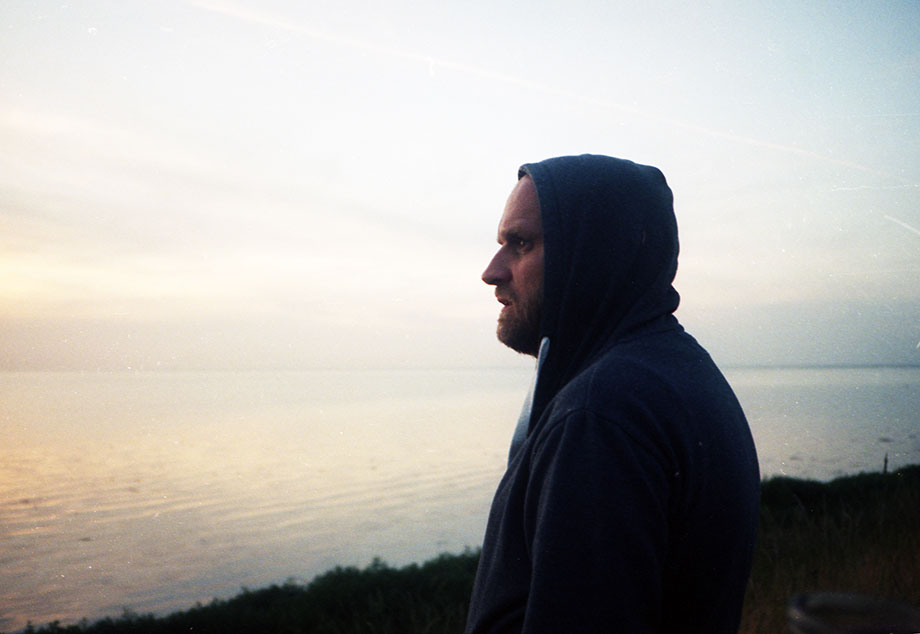
Jacob Aue Sobol is known for his expressive style of black-and-white photography.
“My pictures are about being human for better or worse,” he says. “I cannot imagine dealing with other themes. It is the core of my pictures that they ask questions about our existence and that they speak to our inner feelings.”
Sobol’s photographs of Greenland, Guatemala and Tokyo had won him numerous awards.
In 2006, Sobol moved to Tokyo and shot a series of images that won the 2008 Leica European Publishers Award. His series,
“I, Tokyo”, was published by Actes Sud (France), Apeiron (Greece), Dewi Lewis Publishing (Great Britain), Edition Braus (Germany), Lunwerg Editores (Spain) and Peliti Associati (Italy). Sobol became a nominee at Magnum Photos in 2007 and is a full member since 2012. Following his time in Tokyo, Jacob worked extensively in Bangkok, which resulted in his 2016 book, “By the River of Kings”. was granted by The Danish Arts Foundation in 2016 and The Danish Arts Council.
Sobol had also worked in Denmark, Thailand, The United States of America, Russia and China; his latest book, “With And Without You”, collects a selection of images made over his 20-year career to date.
On his website, “With And Without You” is described as a tribute to his father.
Since then, He has been working on some ongoing projects in Denmark (“Home”) and the in United States (“America”).

Copyrights to Jacob Aue Sobol © All rights reserved.
JACOB AUE SOBOL | An Exclusive Interview By José Jeuland
Content Editinig by Jasmin Sukari

Copyrights to Jacob Aue Sobol © All rights reserved.
It is a great pleasure to publish an exclusive interview with one of the most impressive, unique fine art photographers, and to go deeply into his inner world, a private world of extraordinary creativity in extreme Black and White.
José Jeuland: Hello, Jacob, and thank you for this interview. Let’s start from the beginning. Your education in photography began at the Danish European Film College and later on at Fatamorgana for Art Photography in Copenhagen.
Would you say the studies of film photography influence your current style?
Jacob Aue Sobol: When I was at school at Fatamorgana, each week, we had a new guest teacher, and I would try different things. I was almost a complete beginner, and my pictures would change basically every week.
It was only when I finished school and moved to Greenland that I was challenged to find myself and my own language.
I basically arrived there as a documentary photographer or a traditional photojournalist – using a big camera, looking for dramatic moments, finding classically intense compositions, etc.
But then, when I was with my girlfriend at the time, Sabine, I started photographing using my pocket camera as a way to preserve moments with her and pieces of my life there that I felt close to, and I arrived at a way of working that was much more free and spontaneous. If there has been a common thread in my photographs since then, it is this same search for love and for a human connection that compelled me to start retaking pictures in Greenland.
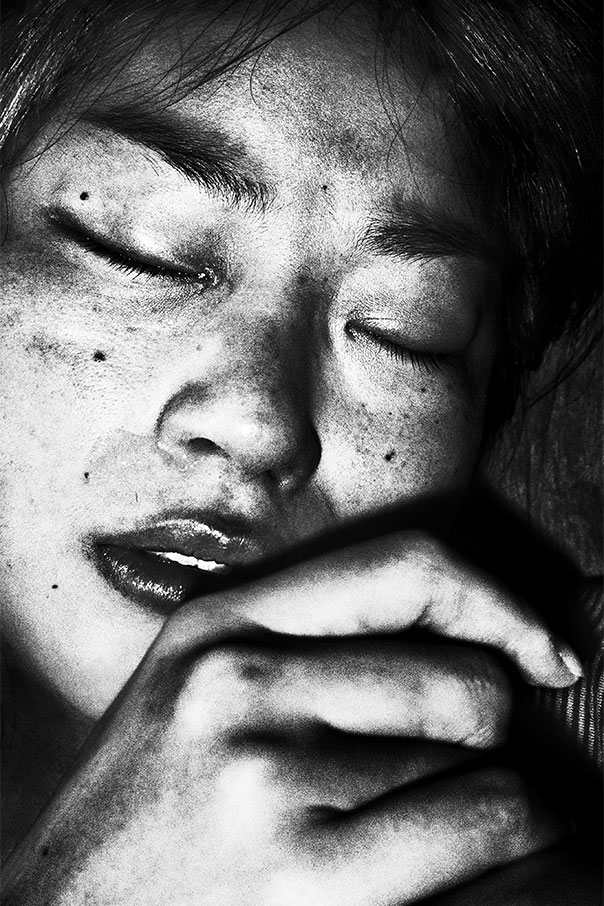
Copyrights to Jacob Aue Sobol © All rights reserved.
J.J.: Your work is very emotional. It can be described as rough and deep, trying to express intimate moments of humanity. How did you develop, or should we say, enchance your style over the years?
J.A.S.: Through a lot of my projects, I feel as if I basically remained the same person. But there have been periods of transition. After I left Greenland, I was challenged to work in a new way – I was no longer photographing my girlfriend or people I lived with, but strangers I was meeting on the street. This felt strange at first and took a long time to adjust to, but mostly, as I’ve said, I continued chasing the same thing in all my subsequent work – being in love or finding love in others has been my way of survival and of finding meaning in existence.
J.J.: Did other photographers influence you?
J.A.S.: Yes; for starters, there are my mother and grandfather, who were both professional photographers as well. My studio is now in my grandfather’s old farmhouse in the Danish countryside, and we’ve found thousands of his negatives in the attic here; in a way, I’m continuing to live out his vision of using this place as a space for creating photography. We had recently converted his old horse stable into a darkroom.

Copyrights to Jacob Aue Sobol © All rights reserved.
J.J.: Back in the past, you said: “It is when pictures are unconsidered and irrational that they come to life; that they evolve from showing to being.”
Would you say you are not trying to tell a story but to “take pieces” of life, focusing more attention on the visual result?
J.A.S.: I would say it’s true that I’m not trying to
“tell a story” insofar as I don’t believe my pictures have a meaning, or that they exist to take you from point A to point B through a narrative. My photographs exist to be felt, to convey a sense of shared emotion and the commonality at the core of each of our existence.
J.J.: Tell us about your intimacy with your figures.
Do you spend time with a person before the shooting in order to get into the right intimate atmosphere?
J.A.S.: It depends. With “Sabine,” the project was about her and her family and my life in Greenland. I lived there for two years, and initially, I didn’t take any photographs at all – I wanted to live the life of a hunter. Coming back home with a seal was much more important than coming back with a good photograph. Gradually I became more a part of the village, and then I started photographing again when it felt innocent and natural.
In Guatemala, I lived with the Gomez-Brito family in the mountains for two months – we worked together, ate together, and slept together under one roof, and I photographed throughout the experience.
With my subsequent work in Tokyo or Bangkok, it became much more about sharing a short moment with someone – finding intimacy with a stranger in a matter of minutes or even seconds. In these situations, it becomes about making yourself vulnerable, opening yourself, and showing someone that you care about them and are interested in them in a real way.

Copyrights to Jacob Aue Sobol © All rights reserved.
J.J.: Tell us about your most important assignments or projects for Magnum or Leica.
J.A.S.: The project Arrivals and Departures is
a photographic investigation and interpretation of the historical railway from Moscow to Beijing. It is, in many ways, a project with multiple layers. It is a travel through time as we cross the post-communist superpowers mile-by-mile and gradually move closer to something that was historically the epitome of distant and exotic.
On this journey, the romantic imagination is confronted with the harsh reality.
But the journey through Russia, Mongolia, and China is not only a travel through time and space; the pictures are just as much a journey within ourselves – an investigation of the emotional states that control us, inspire us and keep us moving.
It is challenging to define. But, the purpose of the images is not to define, but instead, to only suggest – to lure the viewer and inspire them to use the image as a mirror of their own inner life. It means everything that we can identify with the pictures.
They are a consistent investigation of our close relation to the world, and the camera is the instrument with which I try to create order, understand my surroundings, and position myself in time.
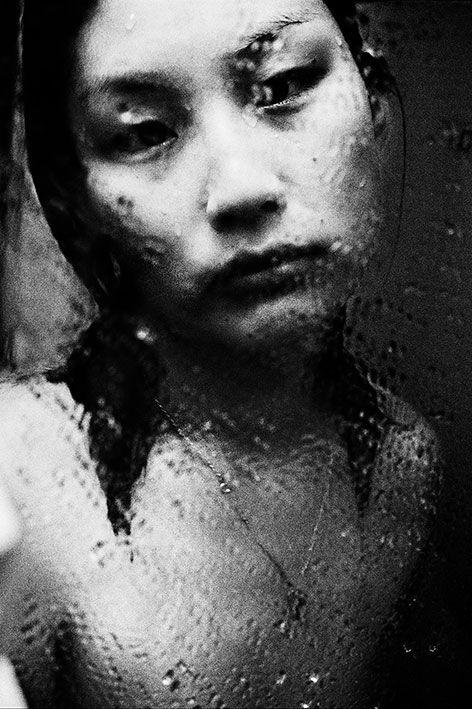
Copyrights to Jacob Aue Sobol © All rights reserved.
When I started my journey on the railway, I was most curious to see if my view on the world and on my surroundings would be any different if the movement took place as a slow-paced, long, continuous journey, where every house, tree, and village along the rail was passed. Would this “slowness” of the train create an even closer toe between the places and the people I met? In a time where everything moves faster and faster, the slow image seems to link even closer to the human need of being seen.
The journey on the railway is filled with meetings, landscapes, objects, and emotions – both discovered and left behind. The young Russian couples in love, the Mongolian children on the playground, and the rhythmic pulse of the Chinese capital transformed into a contiguous stream of images.
The project Arrivals and Departures is an abstract visualization of the moments when we meet and separate when we see things for the first or the last time when we fall in love or leave behind. Told with the Trans-Siberian railway as the red thread that ties Europe and Asia together, faces with places and the viewers’ own reality with the emotions that the pictures provoke.
It was on my first travel of Arrivals and Departures that I got interested in the Geography North of Lake Baikal. I remember passing the lake on the Trans-Siberian, not being able to get off because of the already planned route we had made to be able to deliver the project on time.
The project had started as a collaboration with Leica Camera to launch their new pure black and white digital camera, and 50 of my best images were to be shown at a huge launch in Berlin. I still remember the last email from one of the Leica bosses just before departure: “Can you deliver?” it said and nothing else. “Yes.” I replied. It was my first time using a Leica camera and my first time shooting digital. They must have trusted me somehow because everything – the launch of the camera in Berlin one month later depended on the strength of my images.

Copyrights to Jacob Aue Sobol © All rights reserved.
After everything was over, and I settled back in Copenhagen, the sight of Lake Baikal never left my mind, and from that moment, I knew that I was going to return. I started researching the North-Eastern part of Siberia – or rather Yakutia. I was curious about this enormous underpopulated area of more than three million m2 – more than 12 times the size of the United Kingdom. I had never heard about Yakutia – I read about the coldest inhabited city in the world, Yakutsk, and of the village of Oymyakon with temperatures down to -65 during the 6-month-long winter. I wondered how people could live there. I read about the horse breeders in the south and another native population, the Evens – being reindeer breeders in the North,
and of their struggle to maintain their ancient culture.
Their land had been occupied by the Russians when they started finding gold in the region in the 1880s and 1890s. These mines were developed extensively during industrialization under Stalin and accompanied the rapid growth of forced labor camps. And this is how the Road of Bones was built by hundreds of thousands of Stalin’s prisoners – some criminals and other political opponents of communism, earning it its name, “Road of Bones”, derived from the thousands of prisoners who died constructing the road and are buried in its foundations.
My pictures focus on the lives of the resilient people who remain, the gruesome history of the place, the nomadic way of life that came before, the harshness and beauty of the landscape – and the contrast of it all.

Copyrights to Jacob Aue Sobol © All rights reserved.
In 2016-2017, I went to Yakutia from January to March, with temperatures as low as minus 60 degrees celsius. Spending half of the Winter in Yakutia, my aim was to document life as it is lived every day on the border between civilization and the wild, unforgiving nature. Instead of leaving for Siberia with a tight schedule and a route planned out in advance, I allowed myself time to explore the region, to search for opportunities, to get involved and to connect with the people I met along the way.
Balancing the different layers of the project, I traveled to far-off mountain villages, to abandoned Gulag camps and to the infamous coal-mining ghost town Kadykchan, where we camped in our tent in minus 30 degrees. We then ventured North, deep into the Taiga to visit bear hunters and reindeer herders in the North of Yakutia.
In stark contrast to history and the “Road of Bones” itself, my pictures show the life and the love that exist here despite everything – without losing sight of the dark past that is, paradoxically, the reason for living in this remote region in the first place.
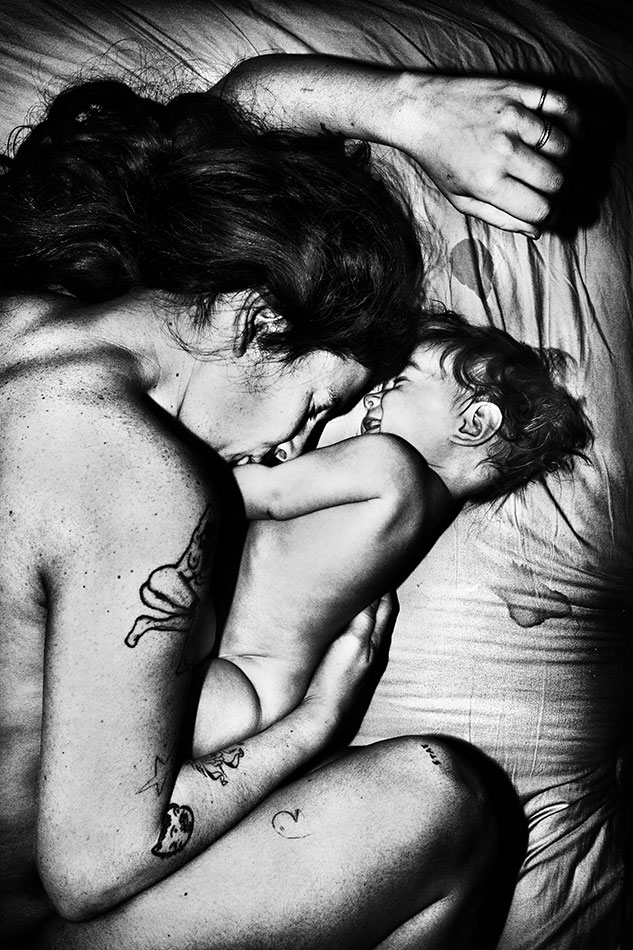
Copyrights to Jacob Aue Sobol © All rights reserved.
J.J.: Your Black and White is very extreme. No half-tones of greyscale. Is there an intentional psychological reason for that?
J.A.S.: There is no “intentional” planned out the logic behind the aesthetic – their look and feel come from some intuitive sense of my identity and from my attempt to find a visual expression of it.
J.J.: You had exhibited and received awards in various countries. Had you ever encountered a situation in which your work could not be displayed or promoted in a particular country due to the content of your photographs?


